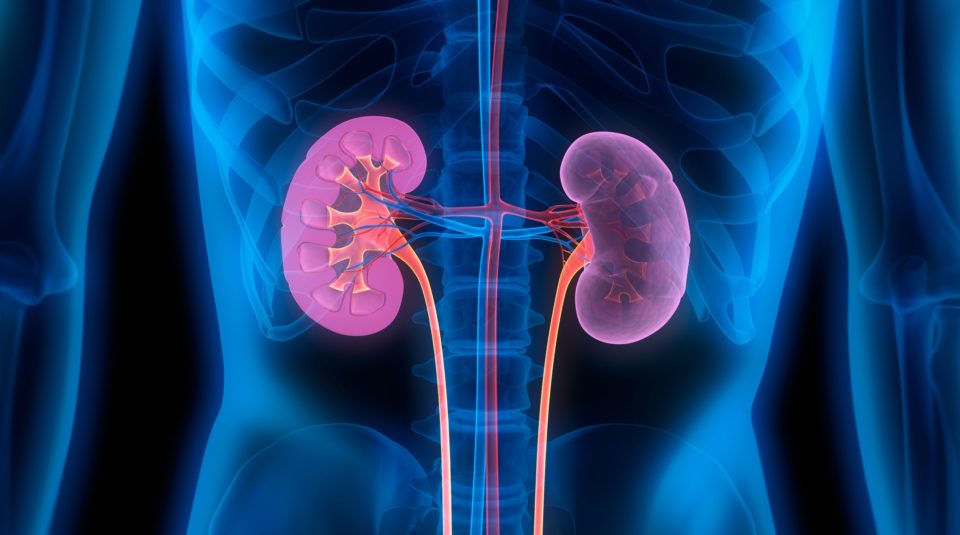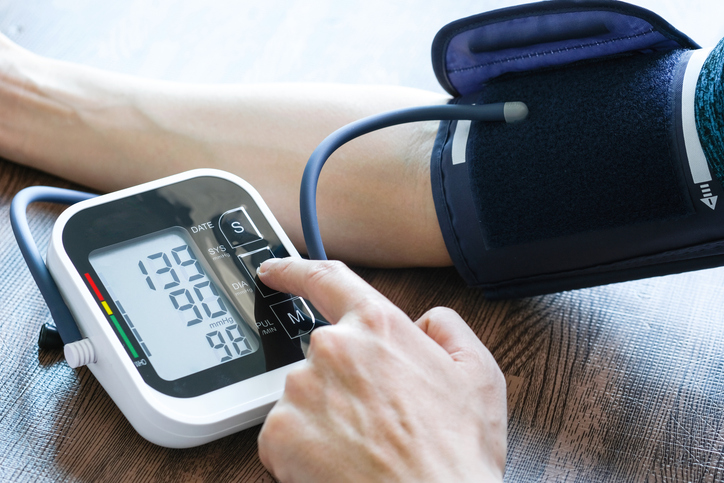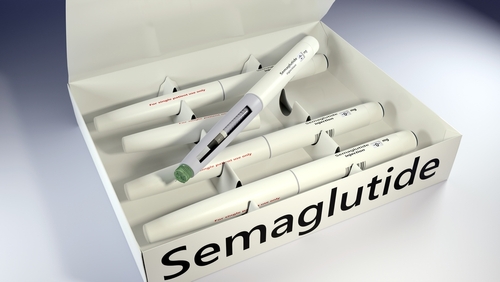
Type 1 diabetes is diagnosed primarily in children and young adults, and patients with diabetes commonly develop diabetic nephropathy. The earliest clinical evidence of diabetic nephropathy is microalbuminuria. Ievgeniia A. Burlaka, MD, PhD, and colleagues conducted a study to analyze clinical, laboratory, instrumental, and anamnestic examinations data in pediatric patients with type 1 diabetes and an early stage of diabetic nephropathy. Results were reported online in Global Pediatric Health [doi:10.1177/2333794X211063052]. The researchers sought to determine the possible factors associated with early stage diabetic nephropathy and predictors of development and progression of diabetic nephropathy.
The researchers conducted a survey of 105 children with type 1 diabetes and diabetic nephropathy in the endocrinology unit in the Clinical Pediatric Hospital number 6 (Kyiv, Ukraine). Of the 105 children, 62 were boys and 43 were girls; eligible participants were 5 to 17 years of age.
The clinical and biochemical characteristics that were associated with early diabetic nephropathy were inflammatory phenotype (increased erythrocyte sedimentation rate, decreased albumin/globulin ratio), functional cardiovascular disorders (increased systolic blood pressure, minor changes in electrocardiogram), and signs of secondary metabolic disorders (high hemoglobin A1c, increased serum cholesterol level, increase of alanine aminotransferase and aspartate aminotransferase levels)
Characteristics associated with impairment in kidney function in early stages of diabetic nephropathy were higher medical assessment unit (MAU) grade, decline in GFR, and increases in serum creatinine levels compared with the control group (type 1 diabetes without diabetic nephropathy). More patients in the diabetic nephropathy group had concomitant kidney and endocrine disease and positive family history, compared with the controls.
The number of episodes of diabetic ketoacidosis was associated with higher levels of MAU in pediatric patients with diabetic nephropathy. The rate of progression to macroalbuminuria was greater in patients with microalbuminuria and more than five episodes of diabetic ketoacidosis per year (i.e., poorly controlled type 1 diabetes) compared with patients with fewer than five episodes of diabetic ketoacidosis after 6 years of follow-up.







 © 2025 Mashup Media, LLC, a Formedics Property. All Rights Reserved.
© 2025 Mashup Media, LLC, a Formedics Property. All Rights Reserved.